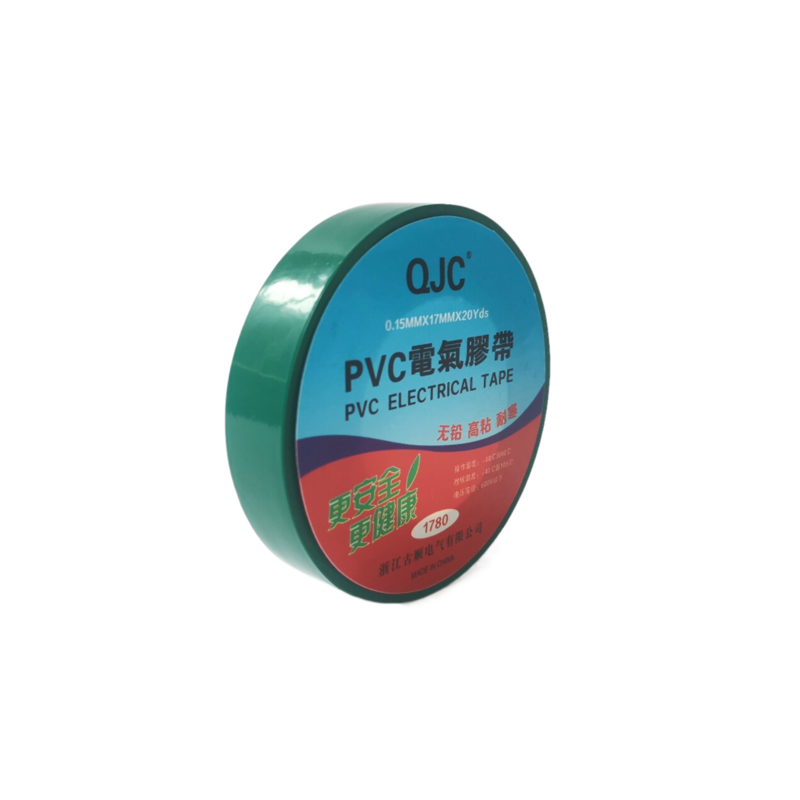The Importance of Fireproofing Tape in Modern Construction
In today’s world, safety and compliance in construction and industrial applications are paramount. One of the vital tools used to enhance safety against fire hazards is fireproofing tape. This specialized tape plays a significant role in ensuring that structures are not only built to last but are also protected against the devastating effects of fire.
What is Fireproofing Tape?
Fireproofing tape is a high-performance adhesive product designed specifically to resist high temperatures and prevent the spread of flames. It is typically made from materials like fiberglass, silicone, or intumescent substances that expand when exposed to heat. This expansion forms a barrier, effectively preventing fire from passing through gaps and seams in various building components. The tape is used in numerous applications, including electrical insulation, sealing gaps around ductwork, and protecting joints in walls and ceilings.
Applications of Fireproofing Tape
One of the primary uses of fireproofing tape is in commercial and residential construction. It serves to seal fire-rated assemblies, ensuring that the components maintain their fire-resistance rating. For example, when installing fire-rated drywall, the joints between sheets require a seal that can withstand heat. Fireproofing tape provides that necessary seal, maintaining the integrity of fire-resistant barriers.
Another important application can be found in HVAC systems. Often, ducts pass through fire-rated walls, creating potential pathways for fire to spread. By using fireproofing tape around these ducts, builders can prevent fire from traveling beyond its origin, thus protecting other areas of the structure and enhancing overall safety.
fireproofing tape

Advantages of Using Fireproofing Tape
One of the advantages of fireproofing tape is its ease of application. Unlike traditional fireproofing methods, which may require significant time and labor to install, fireproofing tape can often be installed quickly and efficiently. This not only reduces labor costs but also speeds up the construction process, allowing projects to be completed on schedule.
Additionally, fireproofing tape is highly versatile. It can be used in a variety of environments and can adhere to many different surfaces, including metal, wood, and plastic. This adaptability makes it a popular choice across various industries, including construction, manufacturing, and aerospace.
Compliance with Safety Standards
Using fireproofing tape is often a requirement for compliance with safety standards and building codes. In many jurisdictions, structures must meet specific fire-resistance ratings, which are outlined by organizations such as the National Fire Protection Association (NFPA) and Underwriters Laboratories (UL). Incorporating fireproofing tape into construction practices helps ensure that buildings are compliant with these regulations, reducing liability and enhancing safety for occupants.
Conclusion
In conclusion, fireproofing tape is an essential component in the fight against fire hazards in modern construction. Its ability to create safe, effective seals in fire-rated structures cannot be overstated. With its diverse applications, ease of use, and compliance with safety standards, fireproofing tape is a crucial product for builders, contractors, and safety professionals. As advancements continue in material science, we can expect fireproofing tape to evolve, offering even greater protection and peace of mind in our increasingly complex built environments. Investing in fireproofing tape is not just a smart choice; it is a commitment to safety and resilience in our construction practices.
-
XIANGFAN Rubber Tape-Ultimate Solutions for All Your Insulation NeedsNewsJun.24,2025
-
XIANGFAN Rubber Tape-Protection for Industrial and Residential ApplicationsNewsJun.24,2025
-
XIANGFAN Rubber Tape: Superior Safety and Sealing for Demanding EnvironmentsNewsJun.24,2025
-
XIANGFAN Rubber Tape: Reliable Solutions for Every Electrical ChallengeNewsJun.24,2025
-
XIANGFAN Electrical & Industrial Tape: Powering Reliability Across IndustriesNewsJun.24,2025
-
XIANGFAN Electrical & Industrial Tape: Excellence in Every ApplicationNewsJun.24,2025
